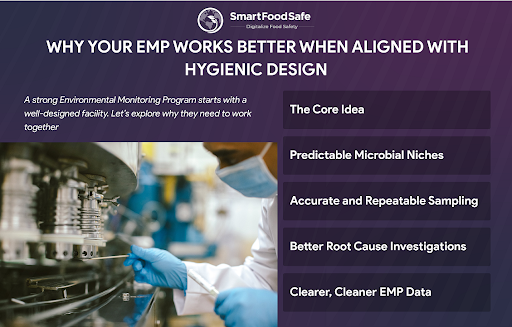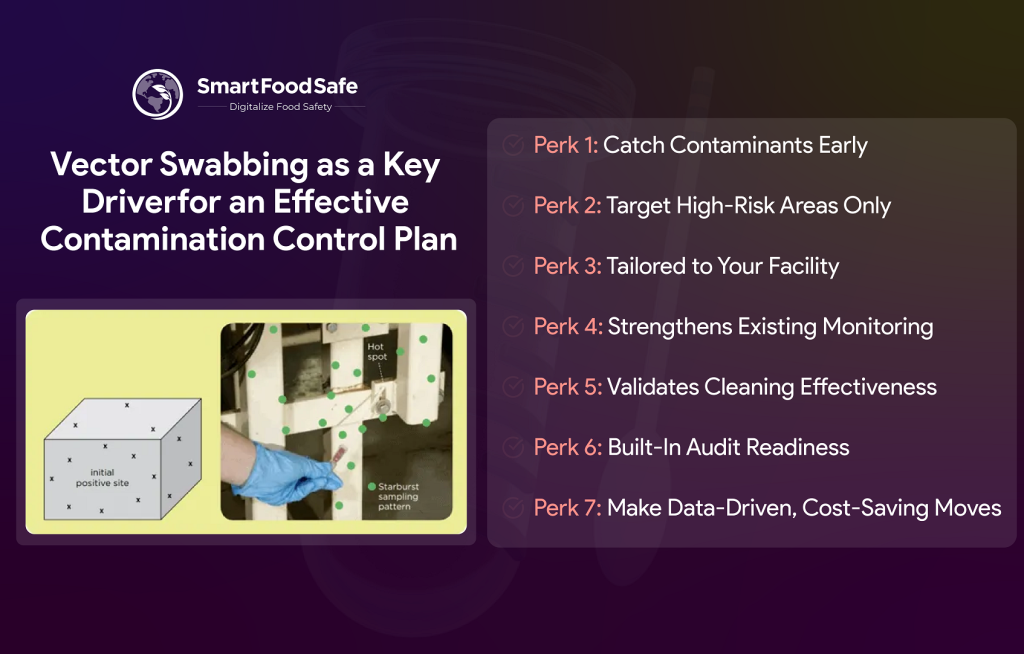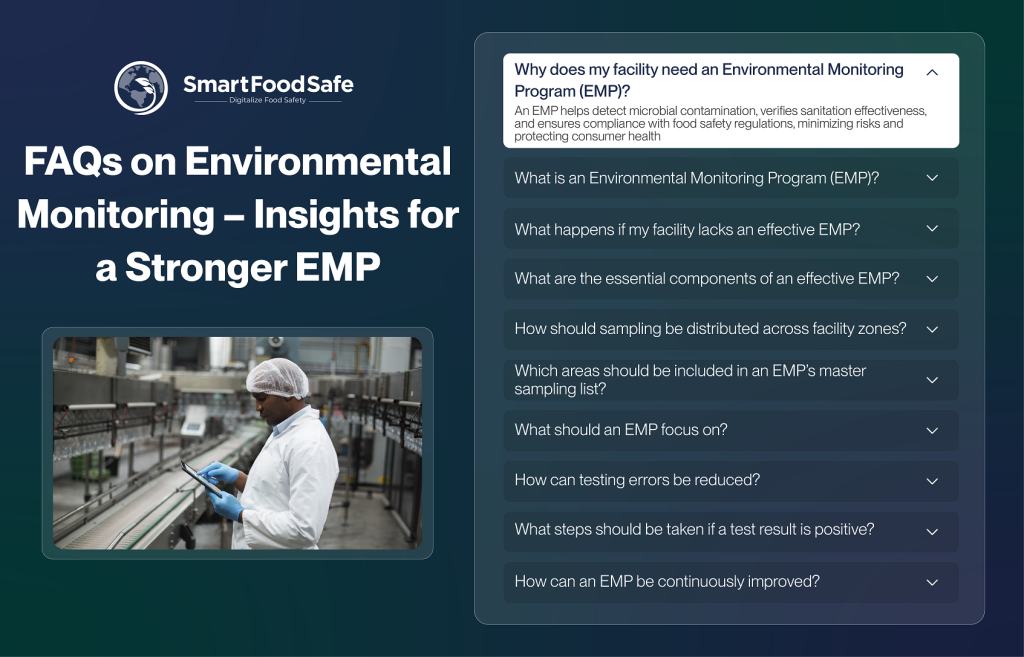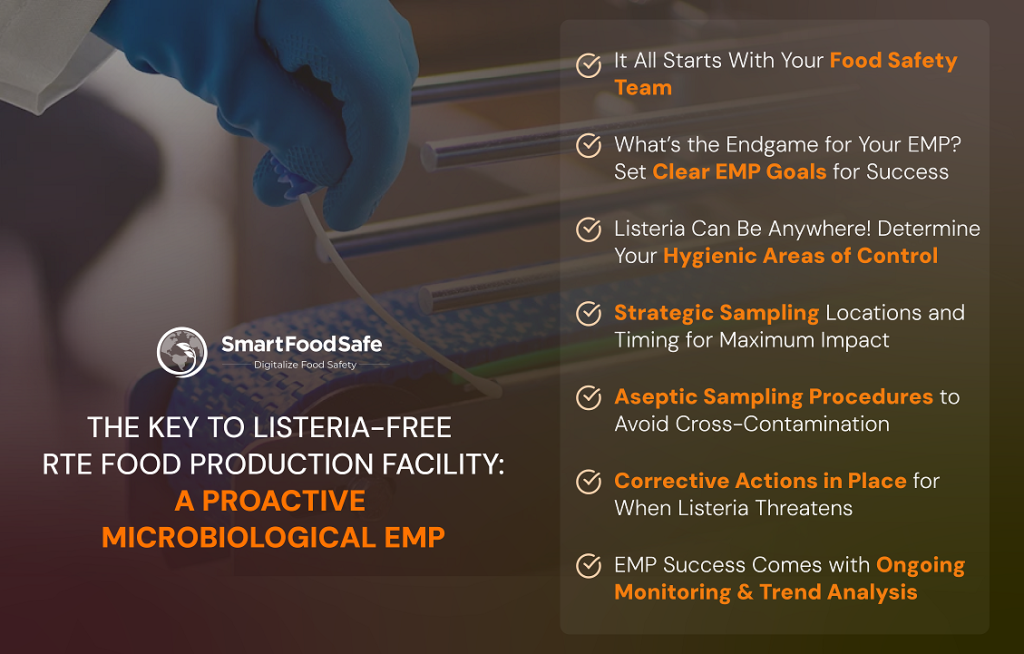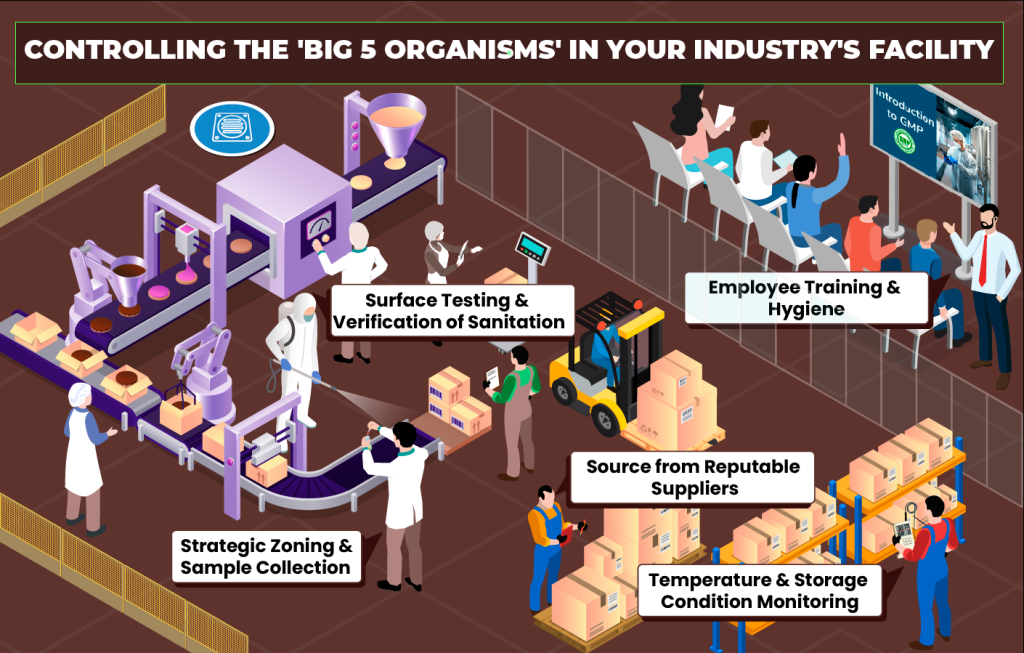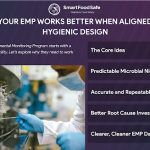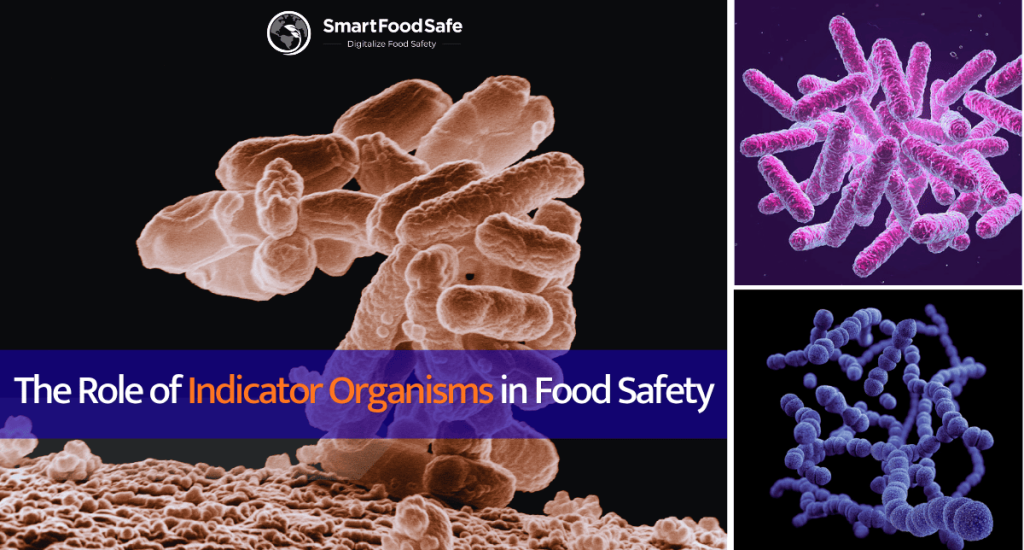
Indicator Organisms: The First Line of Defense in Environmental Monitoring
In the food manufacturing world, the best defense against contamination is often invisible. Long before pathogens show up, subtle biological clues appear: harmless microbes quietly signaling that “something’s off”.



